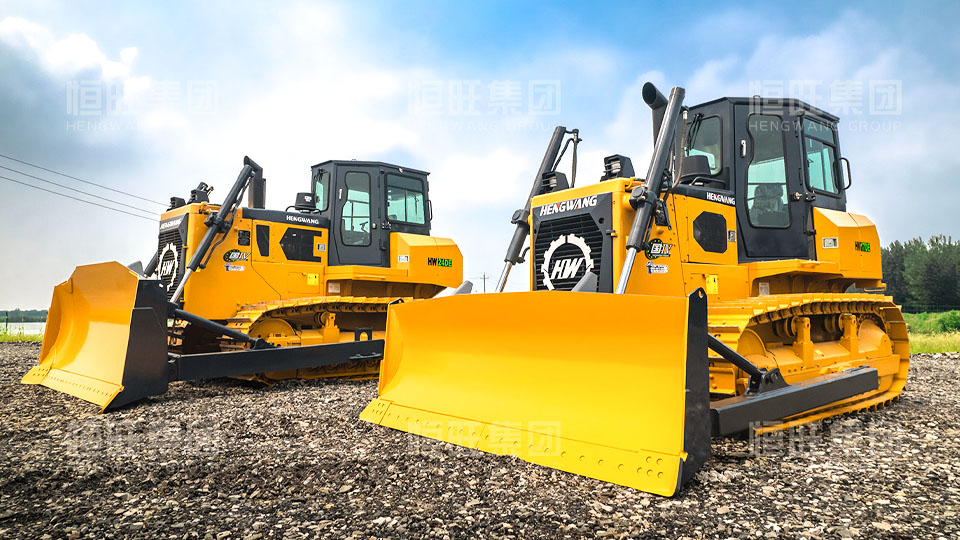Bulldozer routine maintenance and upkeep serve as the cornerstone for stable equipment operation. Scientific maintenance can effectively reduce failure rates and extend service life. Mastering the following key points significantly enhances equipment economy and reliability.
I. Core Inspection Items for Bulldozer Routine Maintenance and Upkeep
1.Fluid Check
Fluid inspection is a critical part of bulldozer routine maintenance and upkeep. In a cold machine state, the engine oil level should remain at the midline of the dipstick; hydraulic oil should be above 1/2 of the oil window; coolant level in the expansion tank should be 3-5 cm below the filler neck. Engine oil replacement cycle is 250 hours or 6 months (whichever comes first).
2.Filter Maintenance
Clean air filter dust daily, and replace it immediately if blockage exceeds 50%; replace fuel filters every 500 hours. Ensuring normal filter operation is key to bulldozer routine maintenance and upkeep.
3.Travel System and Fastening Check
Inspect track tension (standard sag is 20-30mm) to prevent premature wear; prioritize checking bolts on the blade and track frame—if looseness exceeds 10%, fully retighten to ensure the bulldozer’s structural stability.
II. Periodic Maintenance Highlights
Bulldozer routine maintenance and upkeep should integrate periodic tasks:
· 50 hours: Lubricate pins and hinge points; clean radiator fins.
· 250 hours: Replace engine oil and filter, check final drive gear oil level.
· 1,000 hours: Replace hydraulic oil and clean the tank, adjust valve clearances.
III. Key Component and Storage Maintenance
During daily upkeep, pay attention to detecting engine battery electrolyte; if hydraulic oil temperature exceeds 85℃, stop operation immediately for inspection; waterproof electrical harness connectors. If the equipment is out of use for over 30 days, drain the fuel tank, raise the tracks, and start the engine for 10 minutes monthly—these are important extensions of bulldozer routine maintenance and upkeep.
Adhering to standardized bulldozer routine maintenance and upkeep can reduce failure rates by over 40%, keeping equipment in optimal operating condition at all times.

